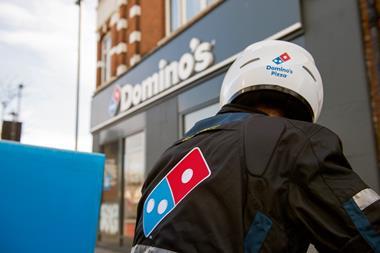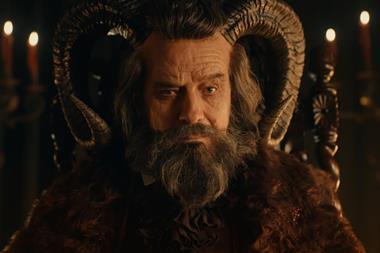Until recently few would have imagined the Tesco Clubcard as a gateway for free re-runs of Two Pints of Lager and a Packet of Crisps or Alistair McGowan’s Big Impression.
And there will be many who will be asking why Tesco is impersonating a TV company, especially when the more established players on the block have yet to crack the online model.
Why, indeed, following its decision to buy up a load of Auntie’s old hits to show on Clubcard TV, is it investing millions moving into an arena where it is up against an army of battle-hardened old hands and newcomers?
In venturing into online video streaming, Tesco is challenging titans such as Sky, Channel 4 and Virgin Media, as well as the BBC in the form of iPlayer. It is also battling for eyeballs with the likes of Amazon -owned LoveFilm (two million members in five countries), US subscription service Netflix (33 million subscribers worldwide), and now also, we hear, the online music service Spotify (20 million subscribers).
Spaces don’t come much more crowded or competitive than that.
Tesco does, however, have a major advantage over its rivals when it comes to a potential funding model.
Nearly two decades of Clubcard give it an unparalleled insight into customers’ shopping data and, potentially, a chance to pioneer the sort of individually tailored ads more traditional media companies have been dreaming about for as long as the internet has existed.
In a way, Tesco finds itself with a headstart over the likes of Sky, which is still in the formative stages of such individually targeted ads, despite its massive advantage in terms of knowing viewing habits and having an established viewer base.
The question remains, however, what will turn viewers on to Clubcard TV as opposed to the iPlayer or YouTube, or any of the other new services bound to spring up? It may take more than Two Pints… and Alistair McGowan.



















No comments yet